Are you finding it hard to sleep due to hip pain? You are not alone; many people struggle to find the best sleeping position when experiencing such pains.
It’s true, hip pain can be agonizing at night. You probably toss and turn even when you are not in pain in an unsuccessful attempt to find a comfortable posture.
But there is still hope. You’ll need to locate the best sleeping position and mattress for your hip injury or pain, establish a healthy sleep schedule, monitor your condition, and find safe ways to reduce pain.
The best sleeping position for hip pain is on your back. However, if you prefer sleeping on your side, then sleeping on the side that doesn’t hurt is your next best option. You should avoid sleeping on your side that hurts and on your stomach.
We have provided more details on these sleeping positions including some that you should avoid if you have hip pain. Read on to learn more.
Sleeping Positions to Avoid When Having Hip Pain
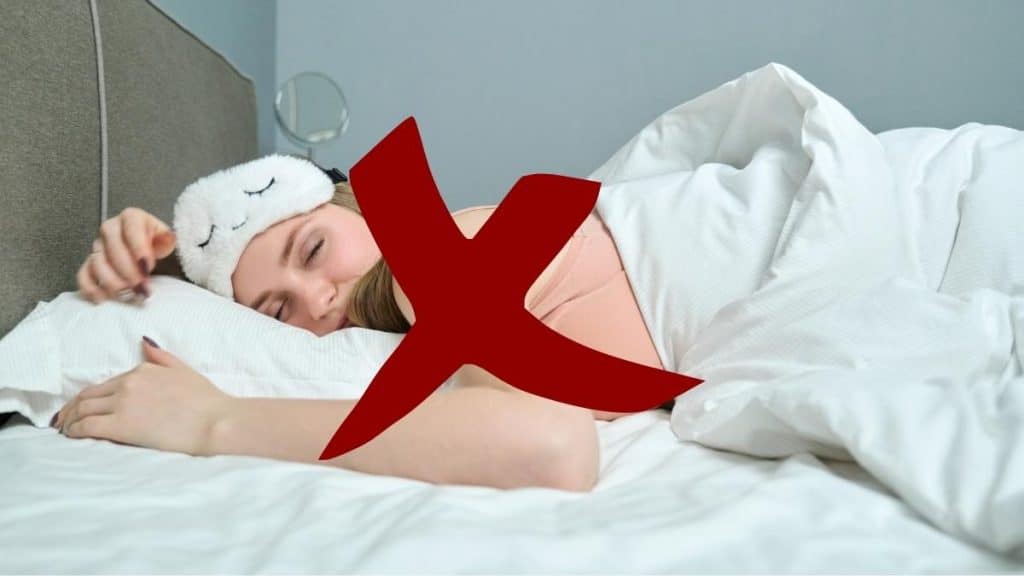
1. Stomach Sleeping
When you have hip pain, lying on your stomach in bed is usually not a good idea. Naturally, lying on your stomach for extended periods puts a lot of strain on your front hips. It also puts strain on your back by forcing your spine into an abnormal bend and disrupting its natural alignment.
If at all possible, avoid taking this posture. However, if you truly enjoy sleeping on your stomach, putting a flat pillow under your lower abdomen will help you better orient yourself.
However, it would be worthwhile to try sleeping on your side or your back if the pillow method doesn’t appear to be doing the trick for your pain.
Best Sleeping Positions When Having Hip Pain
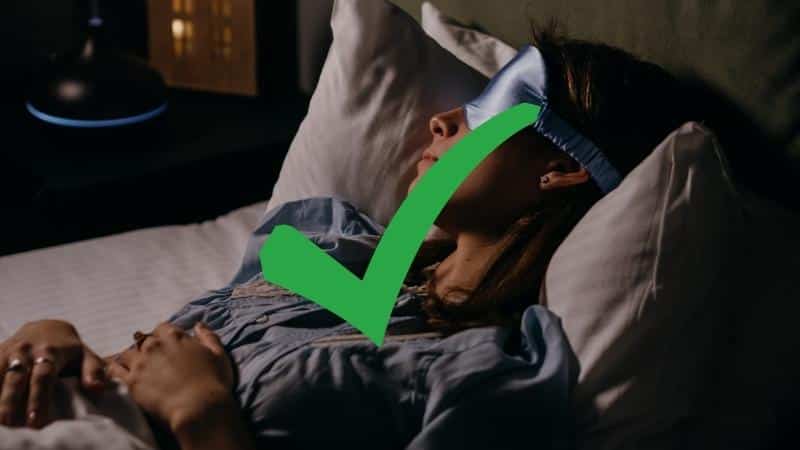
1. Sleeping on your back
You should try sleeping on your back if you have hip pain. The amount of pressure placed directly on the hip joints will be lessened if you sleep on your back.
By sleeping on your back, your body weight will be distributed more evenly across the surface of the mattress, reducing the strain that your body’s weight puts on joints like the hips and shoulders while you sleep.
By gradually lifting the legs and releasing stress in the lower back, placing a pillow beneath your knees can assist in further increasing comfort and alleviating hip pain.
2. Sleeping on your non-painful side
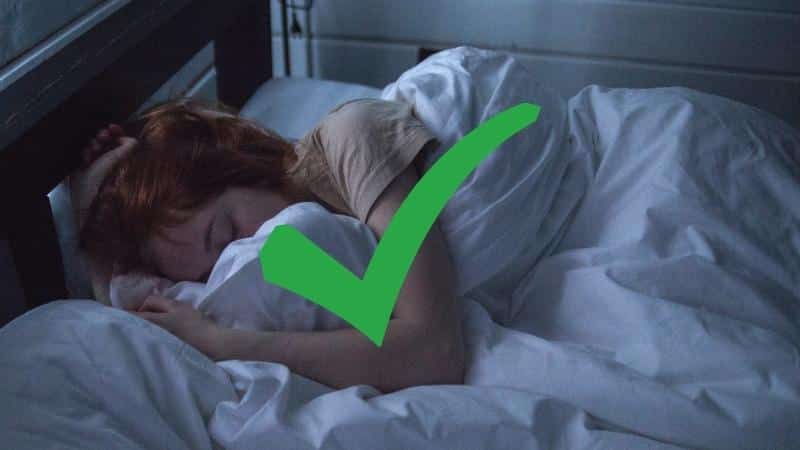
When you lie on your side, the joints in your shoulder, hip, knee, and ankle that are in touch with the mattress support the weight of your entire body. Hip pain may result from or be made worse by this pressure buildup. If you often sleep on your side and only experience hip pain on one side, choose that side to sleep on.
You should sleep with a cushion between your knees and ankles if you have trouble falling asleep in any other posture. When you lie on your side, your top leg rests on your bottom leg, causing your body’s angle to change and perhaps causing hip pain.
By putting a pillow between your knees and ankles, you can improve your spine’s alignment, increase your hip’s angle, relieve strain on your knee and ankle joints, and have a more pleasant night’s sleep.
Tips For Reducing Hip Pain While Sleeping
1. Change your sleeping position
As stated earlier, switching to your back might relieve pressure on your tender regions and provide much-needed comfort if you often sleep on your side. If the source of your discomfort isn’t a medical issue, it’s also one of the more straightforward solutions.
It’s been shown that lying on one’s back with one’s knees and hips bent at 45 degrees and a bolster under one’s knees is the greatest resting posture for people with hip pain. This position allows for the best tissue tension and joint fluid exchange, which reduces joint pressure and promotes better healing.
That being said, switching sleep positions can be inconvenient and occasionally even sleep-inducing. If you must sleep on your side, place a pillow between your knees and attempt to keep the hip that hurts the most on top to prevent excessive compression.
2. Check your mattress
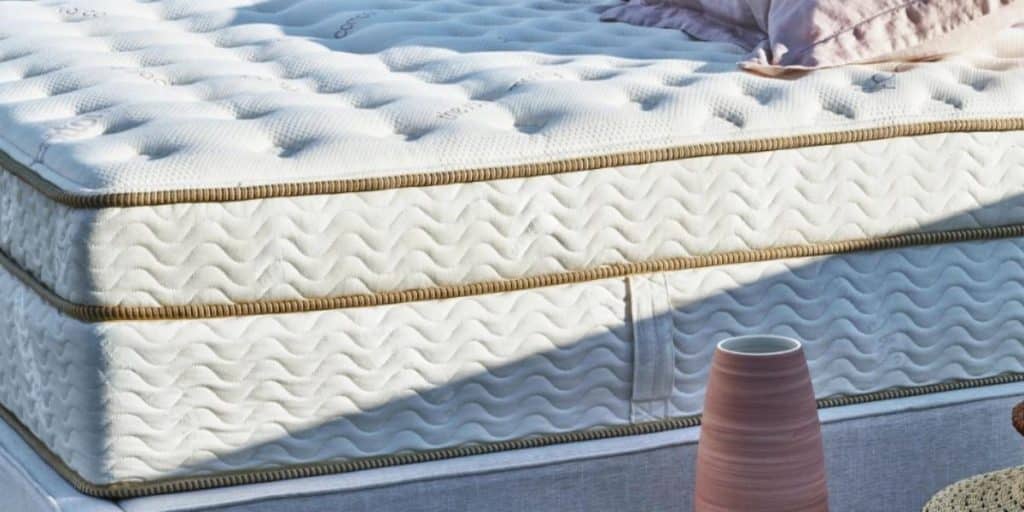
Do your hips feel stiff and painful when you first wake up? It’s possible that the issue is with your mattress.
The majority of mattresses available today don’t offer the ideal combination of pressure alleviation, spinal alignment, and support for sleeping. As a result, they may contribute to or exacerbate hip pain and keep you from achieving the ideal sleeping position.
Therefore, check your mattress first if you have hip pain that gets worse at night. The mattress you select can assist in significantly lessening discomfort.
Related reading:
3. Practice good sleep hygiene
Establishing a pattern that promotes comfortable, deep sleep is important as part of good sleep hygiene. Your capacity to sleep might undoubtedly be impacted by hip pain at night. However, having good sleeping habits will help you sleep better even with hip pain. These include:
- Rising and going to bed at the same time every day
- Limiting drinking before bed
- Avoid using sleeping medicines for a long time.
- Avoiding screens such as those on computers or televisions at least two hours before bed
- Maintaining a cool bedroom
- Limiting the amount of clutter and distractions in your bedroom and designating it solely for sleeping
4. Perform hip stretches before going to bed
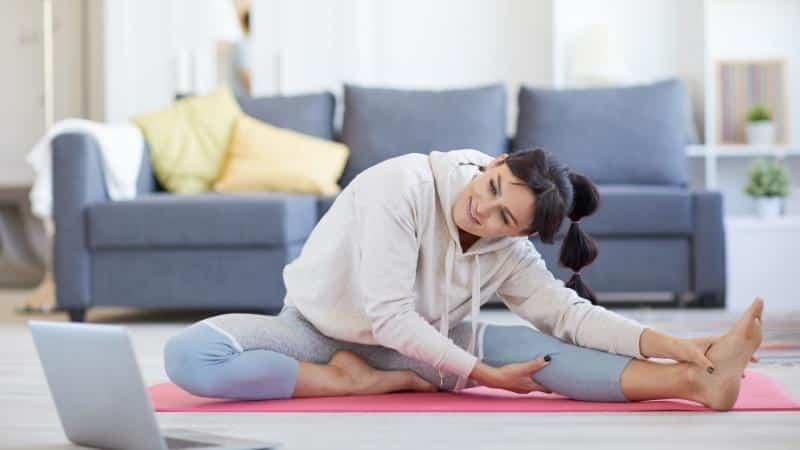
Stretching your hips is especially crucial if you have hip and lower back pain at night. These can indicate that tight muscles cause your pain.
Discuss stretching options with your doctor, as ManageBackPain.com advises. Try the following stretches from Exercise For Injuries if your hip discomfort is milder. These might help you relax the tightness in your hips and ease pain before bed.
5. Try icing the area
Ice the uncomfortable or painful area for 15–20 minutes, then wait at least 30 minutes before reapplying with ice to reduce the discomfort and inflammation. 2-3 times daily, repeat. Ice therapy will reduce swelling and assist in ending the pain cycle, which can lead to self-restraint or guarded hip mobility.
6. Rest
Take a few days off to rest the hip if daytime overuse injuries are the source of your hip pain. Before starting an activity again, consult a doctor if you’re still feeling discomfort, especially sharp or severe pain.
7. Change your activities
The things we perform during the day are frequently the source of night hip pain. By modifying or varying your activities, you can aid in the reduction of your discomfort. This might be sufficient to alleviate your discomfort entirely. Or it can allow you to incorporate some hip strengthening exercises to avoid pain in the future.
You can alter your activities by:
- Trying out other forms of exercise like swimming or riding
- Choosing low-impact exercises, particularly if you have hip osteoarthritis
- Pilates, specific core-strengthening exercises, or yoga to improve your core
Perform hip pain stretches before every workout
You can practice the six hip stretches listed below before each workout. It also offers guidance on
- Rolling foam
- Cross-training
- Self-massage
Yoga and Pilates are additional possibilities for more formally structured hip stretches. Your core will also get stronger from doing these exercises.
If none of these at-home treatments for hip pain have worked, discuss the following options with your physician. Treating hip pain with non-invasive, minor lifestyle adjustments is always preferable. If those fail to relieve your discomfort, there are other options. If your pain significantly impairs the amount of sleep your body needs, it is neither natural nor sustainable.
8. Take over-the-counter anti-inflammatory medications

You might want to try taking some medicine for severe pain. Until a longer-term preventative measure or workout regimen can correct the root cause of your pain, medications should only be taken temporarily.
According to research, taking a painkiller or even a muscle relaxant right before bed may help you get a better night’s sleep. Consult your doctor about medications that can help control your pain if you don’t already have a prescription.
9. Get into physical therapy
Physical therapy can help if you have hip bursitis or another overuse injury. Your doctor might recommend workouts to improve hip flexibility and strength.
You can perform these exercises on your own or learn from a physical therapist how to stretch your hip muscles and use other remedies like rolling therapy (massage), cold, heat, or ultrasound.
10. Consider aspiration for hip bursitis
Your doctor could advise using a needle to aspirate or drain the bursa in cases of severe hip bursitis. Typically, an injection into the hip is used with this.
11. Try out TENS unit technology
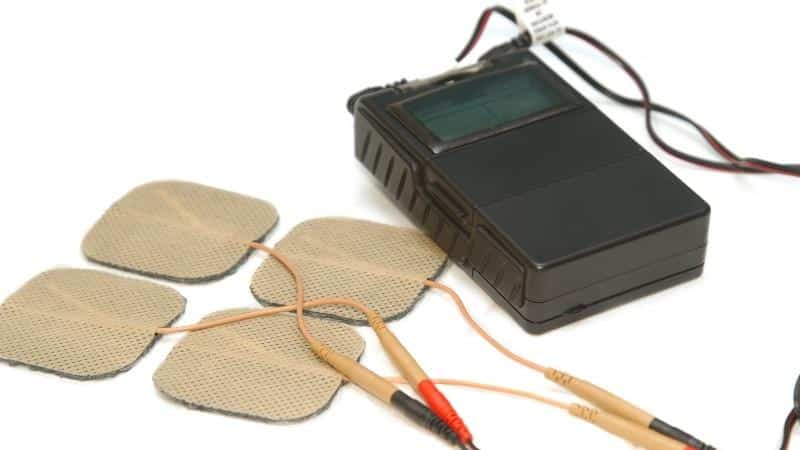
Your nerves are stimulated by a TENS unit gadget to reduce pain. This is accomplished by applying pads to your skin above those nerves that contain electrodes.
There have been reports of only minor negative effects from this non-invasive treatment. Patients with osteoarthritis, osteoporosis or post-operative pain respond well to TENS machines.
12. Consider spinal cord stimulation
TENS unit therapy and spinal cord stimulation have similar effects. The gadget releases a little electrical current to block painful nerve signals.
But a spinal cord stimulator is a temporary solution. It is placed in the part of the spine where the pain is coming from. It may offer more focused, efficient pain relief. Patients can also manage those pain-relieving signals using a handheld control device.
How should I sleep with right hip pain?
If the pain is coming from the right hip, consider sleeping on the left hip. This will relieve the weight on your right hip and transfer it to the left side of your body. You can as well sleep on your back.
Why is my hip pain worse at night?
Following a day of movement and activity, we are more prone to hip pain when lying down and unwinding. Although pressure-relieving beds such as those with memory foam help lessen this discomfort, it won’t go away for everyone.
We advise switching to back sleeping till your pain subsides if your discomfort prevents you from getting enough rest.
Is a soft or firm mattress better for hip pain?
When you are lying down, whether on your back or your side, the majority of your body weight is supported by your hips, if your hips hurt, you should pick a mattress that is extra cozy in this delicate area.
If your hip pain is worse in the mornings, it may be because your mattress is overly firm or not flexible enough to accommodate the natural curvature of your hips. Hip pain requires sufficient support, but cradling pressure alleviation is equally crucial.
A softer mattress surface will aid in the relaxation of stiff muscles and release pressure, which will decrease hip pain, especially for side sleepers.
Consider adding a soft mattress topper if your current mattress is of decent quality but is too hard and you are aware of the painful hip pressure it causes.
The Bottom Line
Your hip joint may hurt due to a variety of conditions. Even if your sleeping position isn’t the main cause of your hip pain, it may make it worse if you have a less-than-ideal sleeping position.
Altering your sleeping posture could not solve your hip issues. But making a change and reexamining your mattress and pillows might undoubtedly make a difference and improve your quality of sleep. You could also discover that your hip soreness seems more tolerable after a restful night’s sleep.
